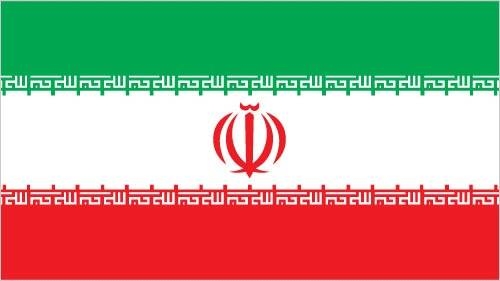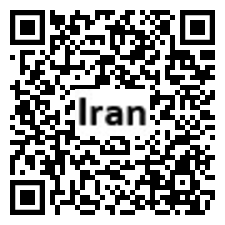Country Summary




Introduction
Background
Known as Persia until 1935, Iran became an Islamic republic in 1979 after the ruling monarchy was overthrown. Conservative clerical forces established a theocratic system of government with ultimate political authority vested in a learned religious scholar referred to commonly as the Supreme Leader. Iran holds a strategic location on the Persian Gulf and Strait of Hormuz, which are vital maritime pathways for crude oil transport.
Geography
Area
total: 1,648,195 sq km
land: 1,531,595 sq km
water: 116,600 sq km
Climate
mostly arid or semiarid, subtropical along Caspian coast
Natural resources
petroleum, natural gas, coal, chromium, copper, iron ore, lead, manganese, zinc, sulfur
People and Society
Population
86,758,304 (2022 est.)
Ethnic groups
Persian, Azeri, Kurd, Lur, Baloch, Arab, Turkmen, and Turkic tribes
Languages
Persian Farsi (official), Azeri and other Turkic dialects, Kurdish, Gilaki and Mazandarani, Luri, Balochi, Arabic
Religions
Muslim (official) 99.6% (Shia 90-95%, Sunni 5-10%), other (includes Zoroastrian, Jewish, and Christian) 0.3%, unspecified 0.2% (2016 est.)
Population growth rate
0.98% (2022 est.)
Government
Government type
theocratic republic
Capital
name: Tehran
Executive branch
chief of state: Supreme Leader Ali Hoseini-KHAMENEI (since 4 June 1989)
head of government: President Ebrahim RAISI (since 18 June 2021); First Vice President Mohammad MOKHBER (since 8 August 2021)
Legislative branch
description: unicameral Islamic Consultative Assembly or Majles-e Shura-ye Eslami or Majles (290 seats; 285 members directly elected in single- and multi-seat constituencies by 2-round vote, and 1 seat each for Zoroastrians, Jews, Assyrian and Chaldean Christians, Armenians in the north of the country and Armenians in the south; members serve 4-year terms); note - all candidates to the Majles must be approved by the Council of Guardians, a 12-member group of which 6 are appointed by the supreme leader and 6 are jurists nominated by the judiciary and elected by the Majles
Economy
Economic overview
traditionally state-controlled economy but reforming state-owned financial entities; strong oil/gas, agricultural, and service sectors; recent massive inflation due to exchange rate depreciation, international sanctions, and investor uncertainty; increasing poverty
Real GDP (purchasing power parity)
$1,044,310,000,000 (2020 est.)
Real GDP per capita
$12,400 (2020 est.)
Agricultural products
wheat, sugar cane, milk, sugar beet, tomatoes, barley, potatoes, oranges, poultry, apples
Industries
petroleum, petrochemicals, gas, fertilizer, caustic soda, textiles, cement and other construction materials, food processing (particularly sugar refining and vegetable oil production), ferrous and nonferrous metal fabrication, armaments
Exports
$101.4 billion (2017 est.)
Exports - partners
China 48%, India 12%, South Korea 8%, Turkey 6%, United Arab Emirates 5% (2019)
Exports - commodities
crude petroleum, polymers, industrial alcohols, iron, pistachios (2019)
Imports
$76.39 billion (2017 est.)
Imports - partners
China 28%, United Arab Emirates 20%, India 11%, Turkey 7%, Brazil 6%, Germany 5% (2019)
Imports - commodities
rice, corn, broadcasting equipment, soybean products, beef (2019)
Exchange rates
Iranian rials (IRR) per US dollar -
Page last updated: Thursday, July 07, 2022
